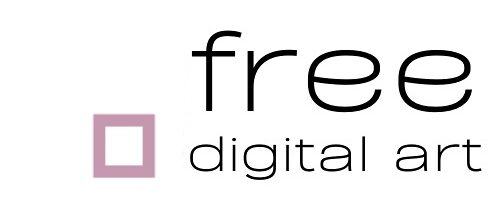As we stand on the threshold of a new era characterized by rapid technological advancements and shifting cultural landscapes, the future of color in design holds boundless potential for innovation, creativity, and exploration. In this visionary exploration, I will forecast future trends in color usage, discuss emerging technologies and innovations that may influence visual culture and color preferences, and reflect on the opportunities and challenges that the future may hold for artists and designers.

Predicting Future Trends in Color Usage
- Sustainability and Nature-Inspired Palettes: With increasing environmental awareness and a growing desire for eco-friendly practices, we can expect to see a rise in color palettes inspired by nature. Earthy tones, botanical greens, and serene blues may dominate design trends as designers seek to evoke a sense of harmony with the natural world.
- Digital Expressionism: As technology continues to evolve, we may witness a resurgence of vibrant and expressive color palettes inspired by digital art and virtual reality. Bold, psychedelic hues and surreal color combinations may emerge as artists and designers embrace new digital tools and platforms for creative expression.
- Personalization and Customization: With advancements in data analytics and machine learning, designers will have unprecedented opportunities to personalize color schemes and tailor designs to individual preferences. Adaptive color interfaces and customizable design tools may empower users to create unique and personalized experiences across digital platforms.
Emerging Technologies and Innovations
- Augmented Reality (AR) and Virtual Reality (VR): AR and VR technologies are poised to revolutionize the way we perceive and interact with color in design. From immersive virtual environments to interactive augmented reality overlays, these technologies will offer new possibilities for experiencing color in three-dimensional space.
- Color-Matching AI: AI-powered color-matching algorithms will streamline the design process by automatically generating color palettes and suggesting complementary hues based on user preferences and design objectives. This technology will enable designers to explore a broader range of color options and experiment with unconventional combinations with ease.
- Smart Materials and Dynamic Surfaces: Advances in material science and nanotechnology will give rise to smart materials and dynamic surfaces capable of changing color and appearance in response to environmental stimuli. These futuristic materials will offer endless possibilities for creating interactive and adaptive designs that respond to user interactions and environmental conditions.

Reflection on Future Opportunities and Challenges
- Expanding Creative Boundaries: The future of color in design presents exciting opportunities for artists and designers to push the boundaries of creativity and experimentation. With access to advanced tools and technologies, designers will have the freedom to explore new aesthetic possibilities and redefine traditional notions of color and form.
- Ethical Considerations: As we embrace new technologies and innovations, it is essential to consider the ethical implications of color in design. Designers must be mindful of the social and cultural impact of their work, ensuring that color choices are inclusive, accessible, and respectful of diverse perspectives and experiences.
- Environmental Responsibility: In an age of growing environmental concerns, designers have a responsibility to prioritize sustainability and eco-conscious practices in color usage. By choosing environmentally friendly pigments and materials and embracing minimalist design principles, designers can minimize their ecological footprint and contribute to a more sustainable future.
In conclusion, the future of color in design is a tantalizing tapestry of innovation, creativity, and possibility. As I navigate the complexities of a rapidly changing world, color will continue to serve as a powerful tool for communication, expression, and connection. By embracing emerging technologies, ethical principles, and environmental consciousness, designers can harness the transformative potential of color to shape a brighter and more vibrant future for us all.
